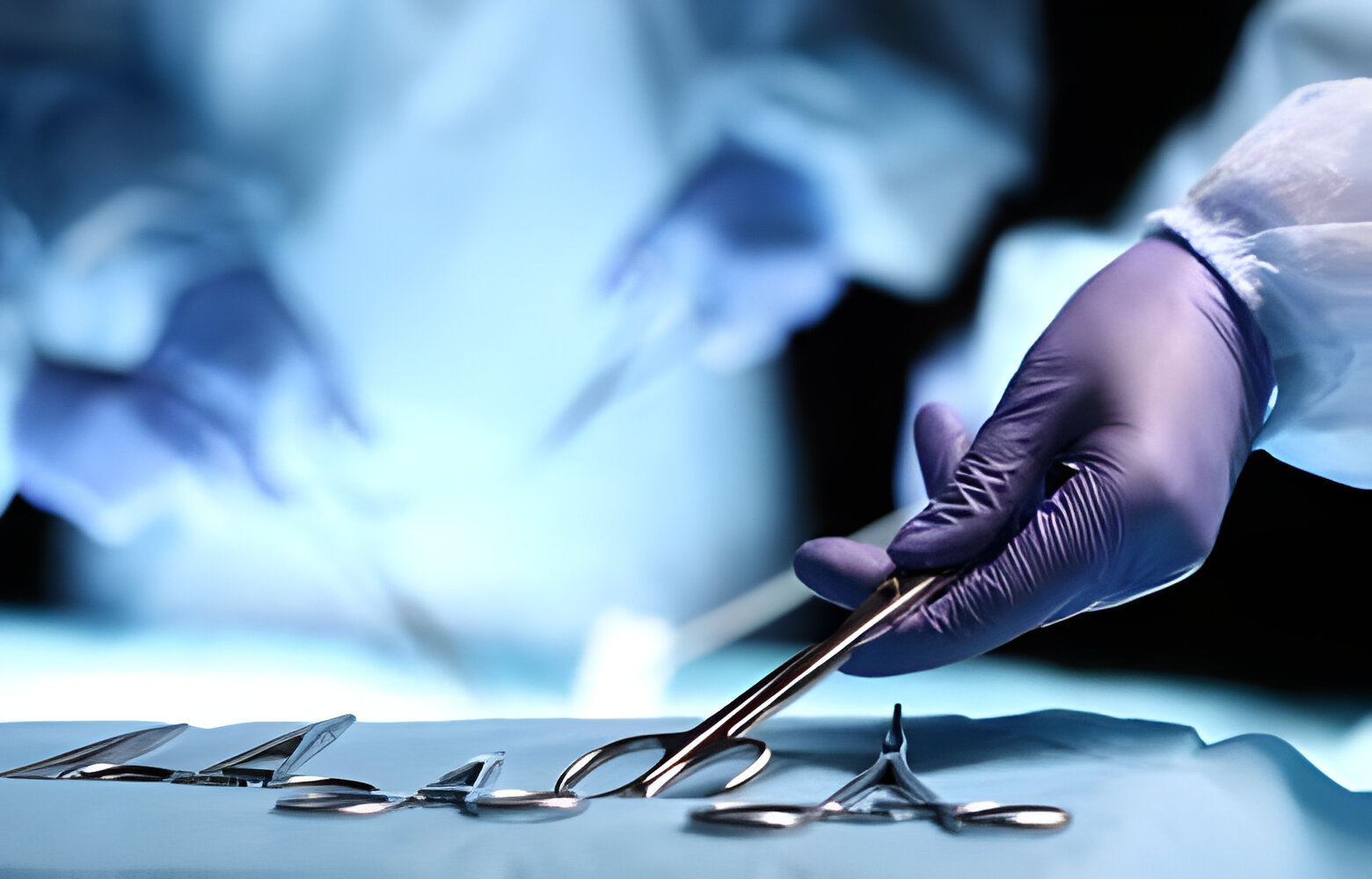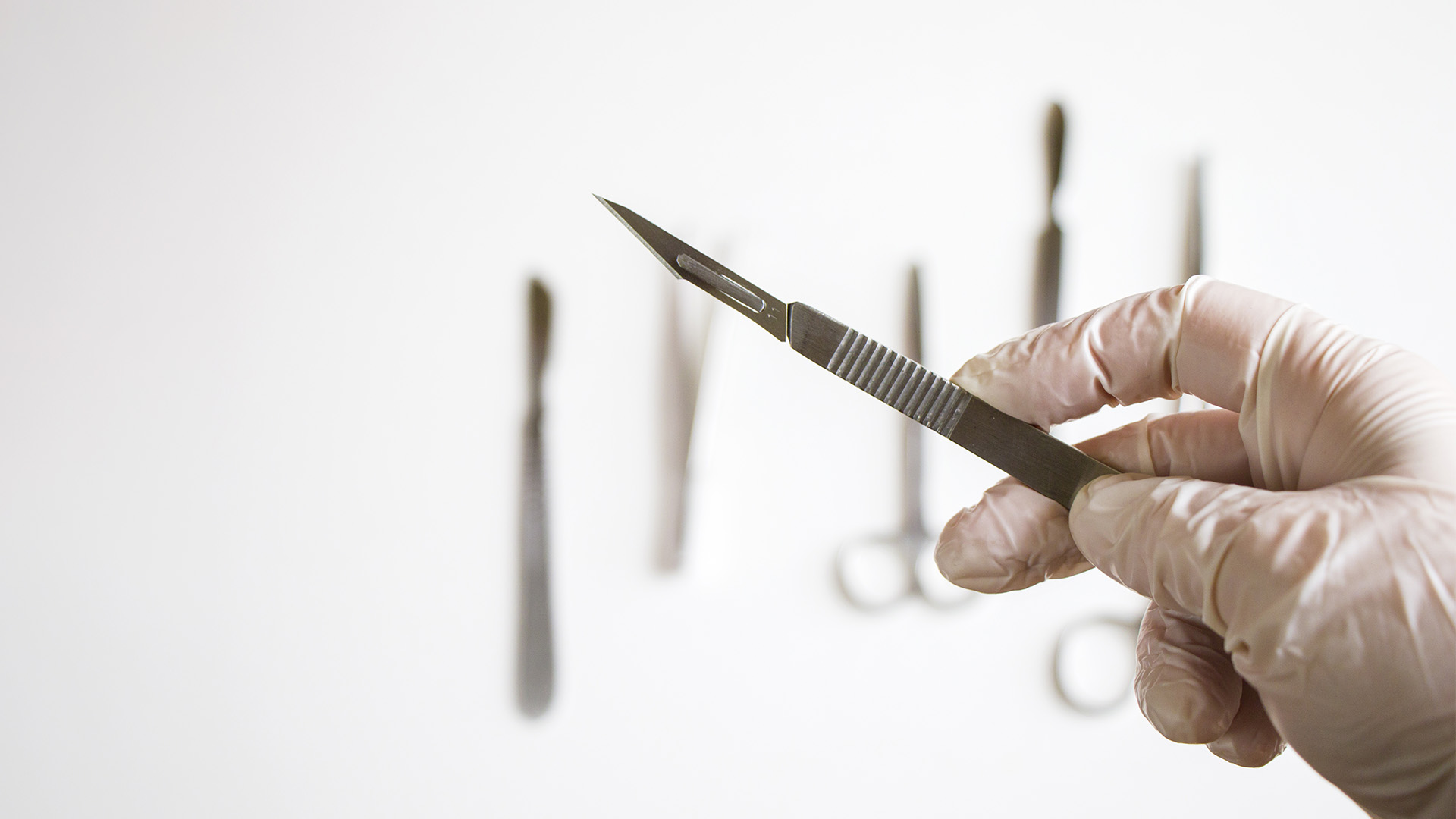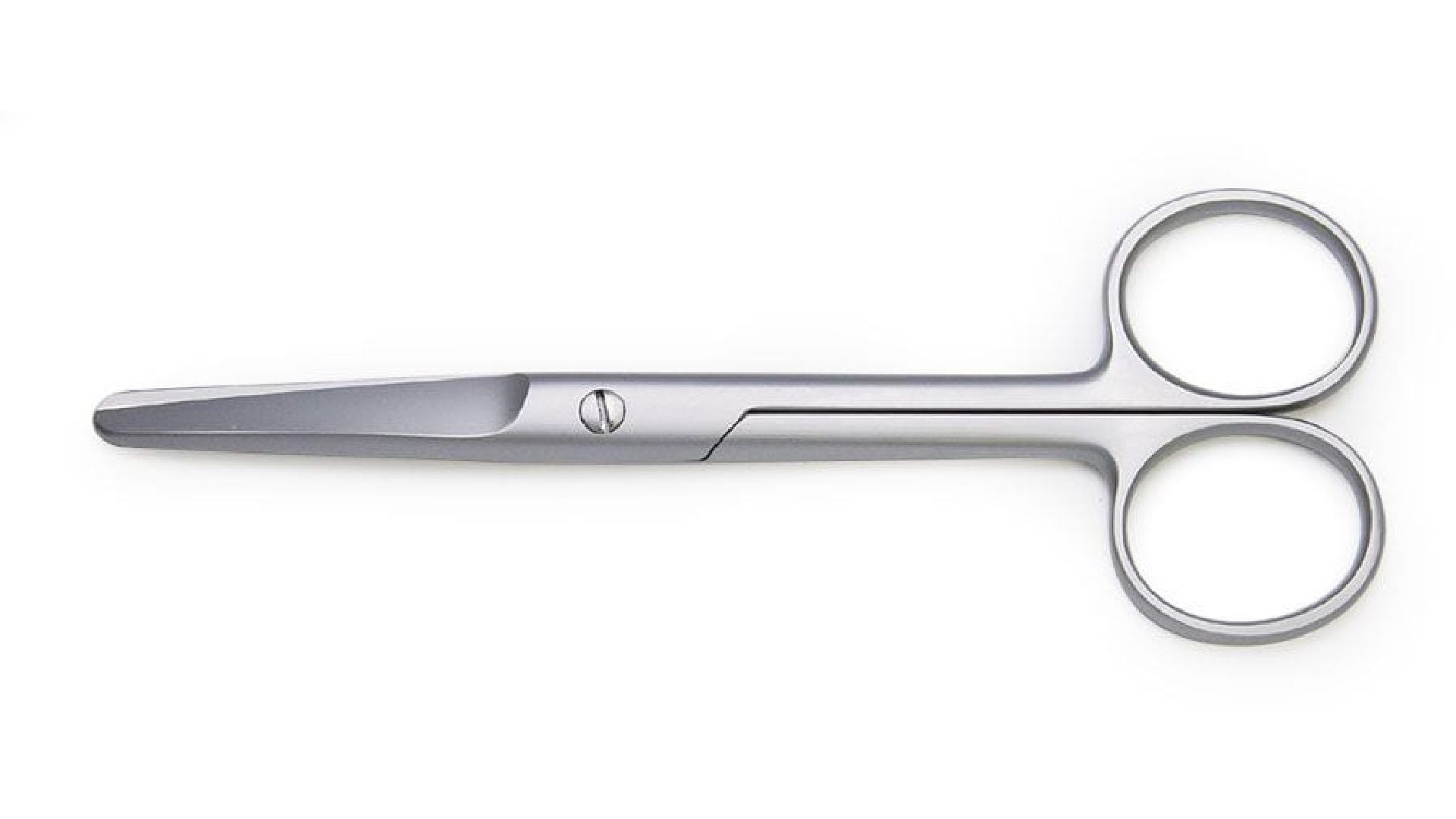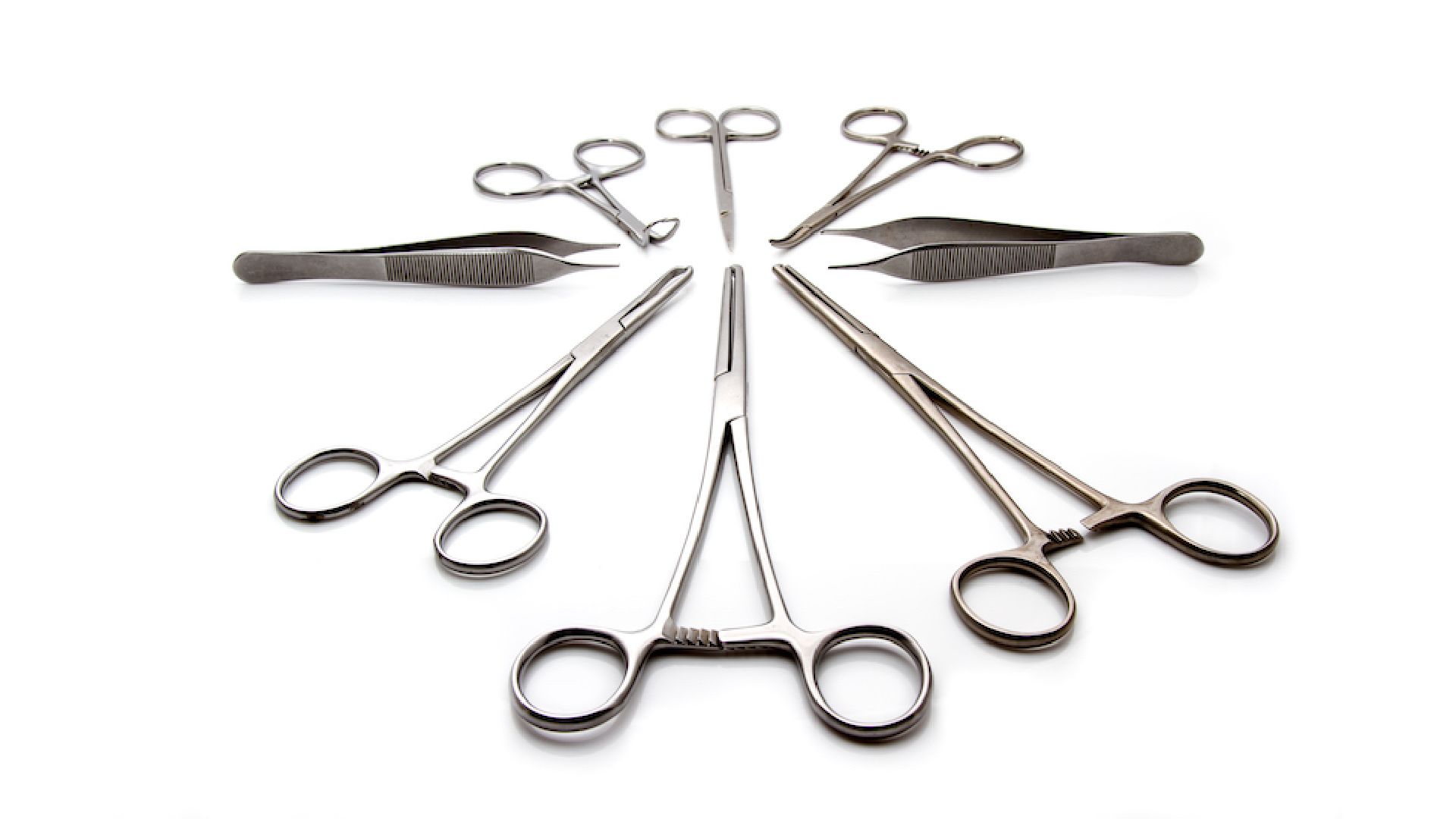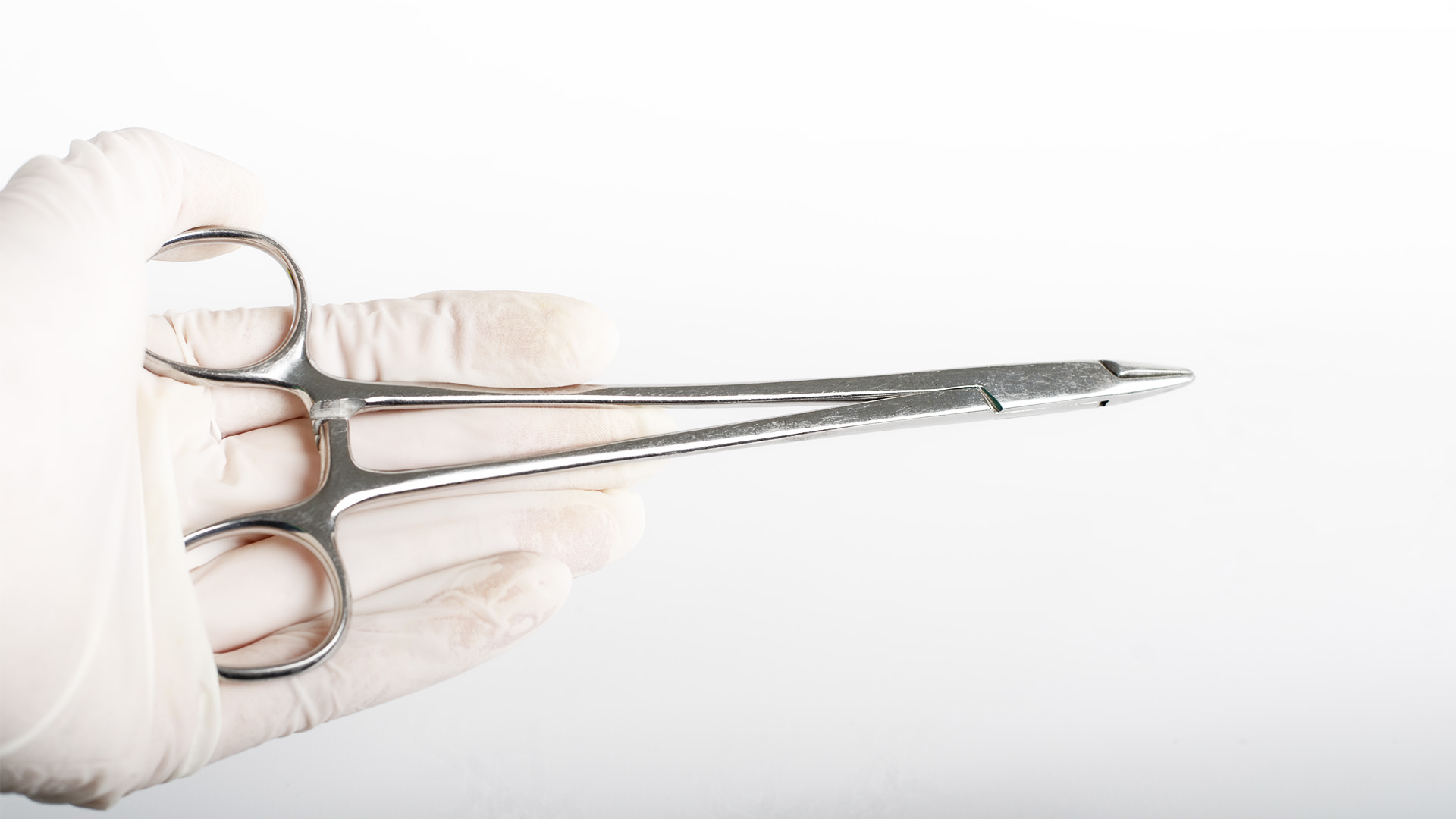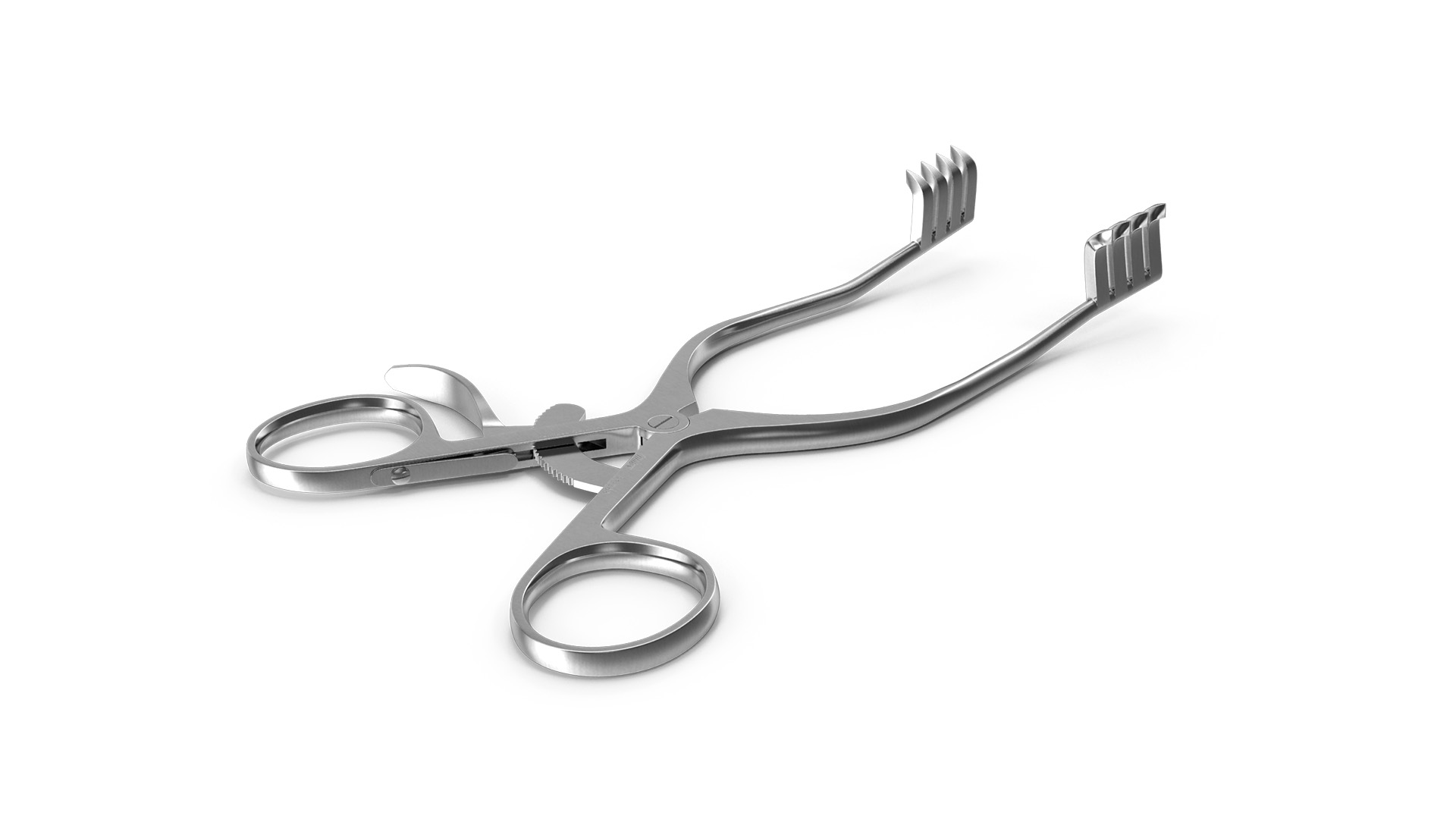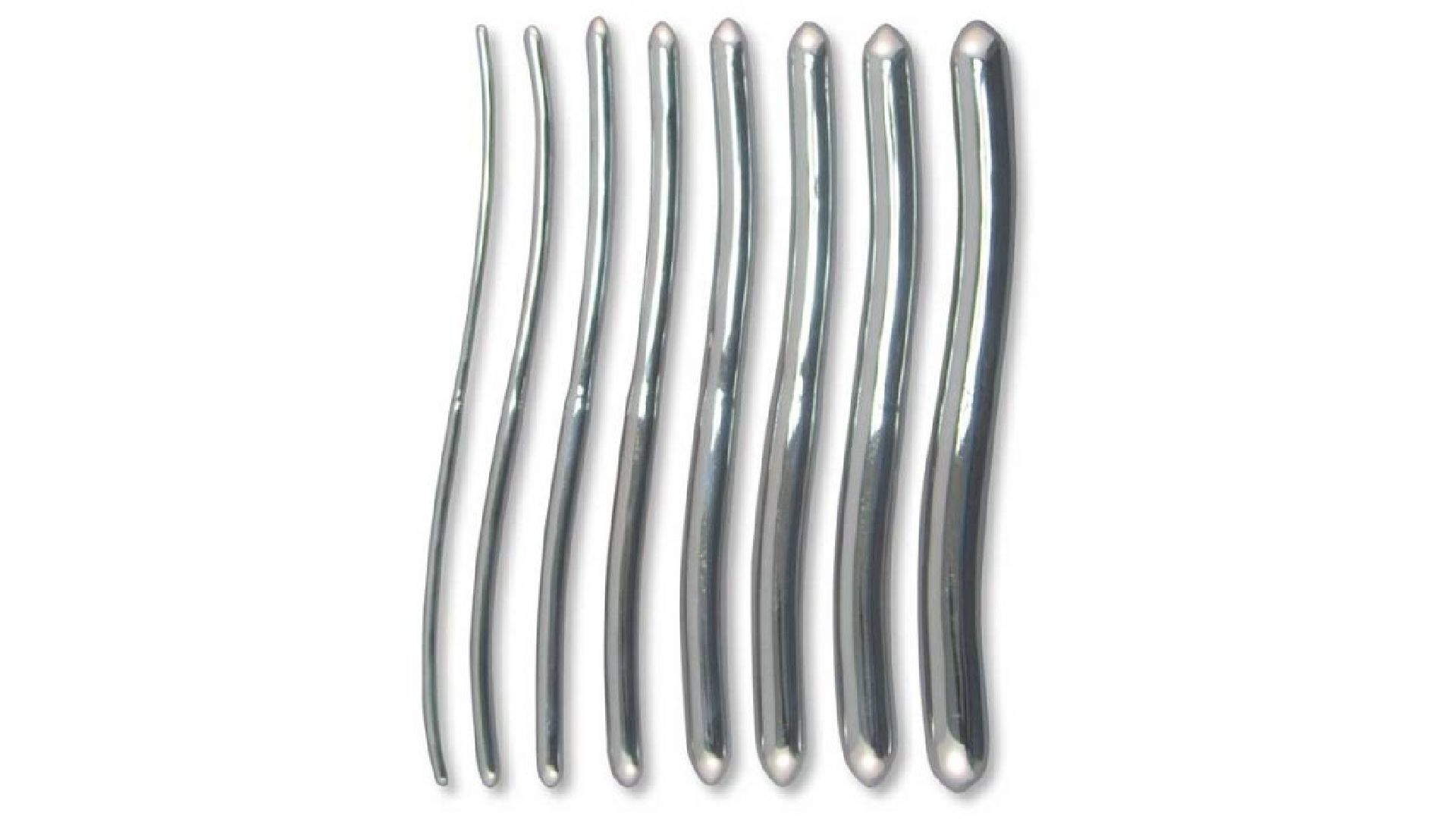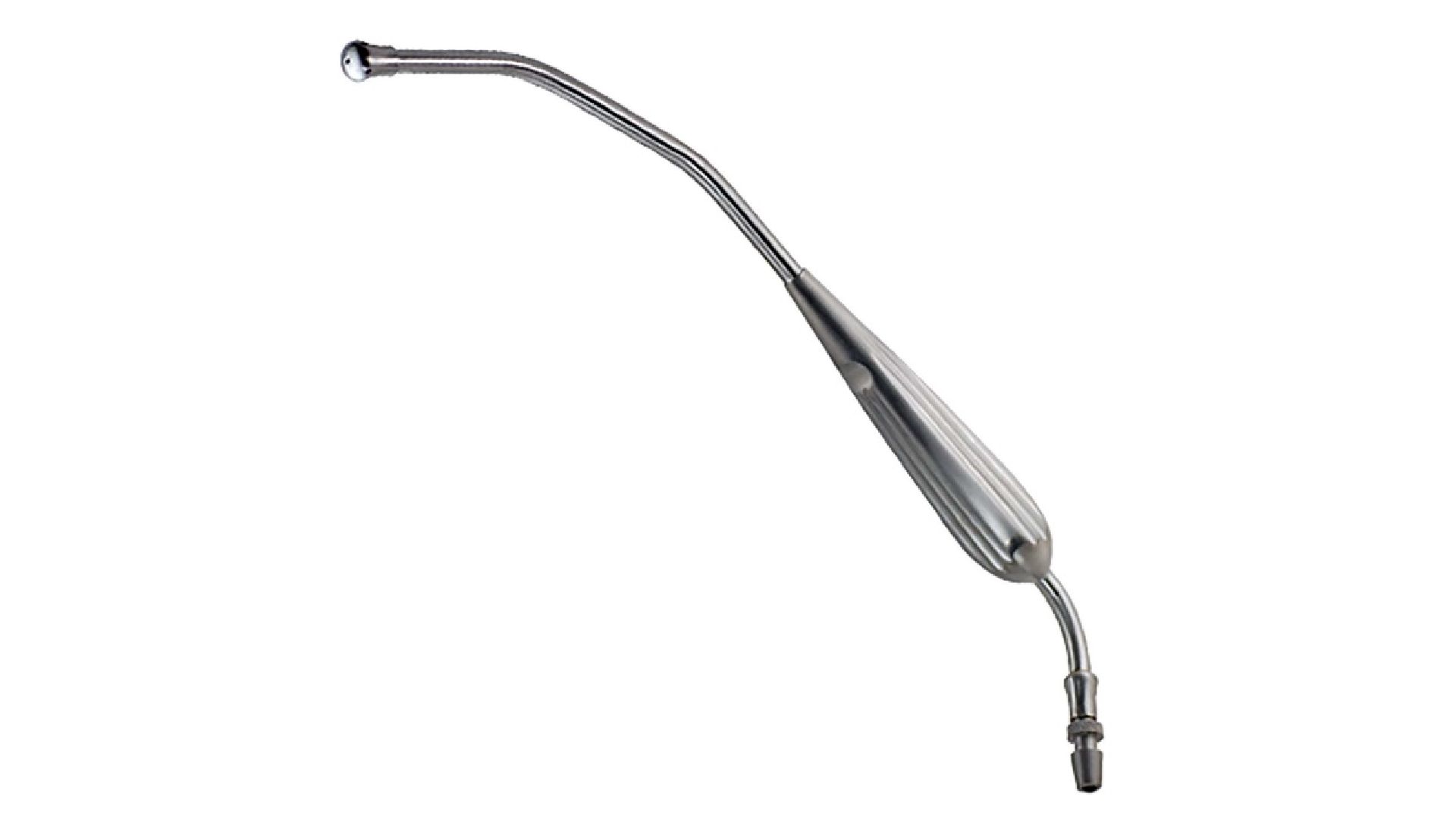Whether it’s a life-saving operation or a routine procedure, precision is non-negotiable in the operating room. At the core of that precision lie surgical instruments—finely engineered tools that surgeons rely on to perform with accuracy, consistency, and care. But how much do we really know about these tools that make modern medicine possible?
In this guide, crafted by the experts at Rhein Group, a leading manufacturer of certified surgical instruments, we take you behind the scenes into the fascinating world of surgical tools—from scalpel to suction.

